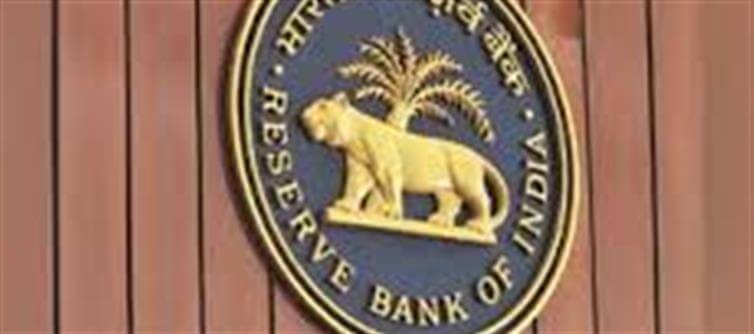
In a proactive move to enhance the efficiency of the banking system and strengthen financial transparency, the Reserve bank of India (RBI) has launched a fresh incentive scheme focused on reducing the number of dormant (inactive) bank accounts and unclaimed deposits across the country. The scheme, which is valid until September 2026, aims to encourage banks to identify, activate, or settle such accounts and funds, bringing more money back into active circulation within the economy.
Why Focus on Dormant Accounts and Unclaimed Deposits?
Dormant accounts are bank accounts where no customer-initiated transactions have taken place for a specified period, typically 24 months or more. Similarly, unclaimed deposits include funds in accounts or instruments (like fixed deposits, recurring deposits) that remain unclaimed by their rightful owners for long durations.
· These inactive accounts and unclaimed funds represent significant sums of money that remain locked within the banking system.
· Dormant accounts can pose risks related to fraud, money laundering, and compliance violations.
· Unclaimed deposits indicate funds that are essentially “lost” or inaccessible to rightful owners, reflecting inefficiencies in banking operations.
Key Features of the RBI Incentive Scheme
· Validity Period: The scheme is active from its launch date until September 2026, providing banks a clear timeframe to act.
· Incentives for Banks: Banks will receive financial incentives or regulatory benefits for successfully reducing dormant accounts and settling unclaimed deposits.
· Account Activation Drive: Banks are encouraged to reach out to customers holding inactive accounts through SMS, email, or phone calls to reactivate these accounts.
· Settlement of Unclaimed Funds: The scheme promotes timely identification of unclaimed deposits and efforts to return these funds to rightful owners or their nominees.
· Enhanced Reporting: Banks will submit regular progress reports to the RBI, ensuring accountability and transparency.
What Makes This Scheme Special?
· Focus on Financial Inclusion: By activating dormant accounts, the RBI helps individuals regain access to their own money and banking services, aligning with the larger goal of financial inclusion.
· Strengthening the banking Ecosystem: Active accounts improve the quality of banking data and reduce risks of illegal financial activities.
· Encouraging customer Engagement: The initiative motivates banks to maintain better communication with customers and provide improved service.
· Boost to Economic Activity: Funds released from dormant accounts can increase liquidity in the system, supporting economic growth.
How Will This Affect Customers?
· Account Holders: customers with inactive accounts are encouraged to respond to bank communications and update their KYC (Know Your Customer) details to reactivate accounts.
· Beneficiaries of Unclaimed Funds: Those with unclaimed deposits can now expect quicker resolutions and returns of their funds.
· Better Transparency: Clear reporting and incentives will make the banking system more accountable and user-friendly.
Challenges and RBI’s Mitigation Plans
· Locating Customers: Banks may face difficulties contacting owners of dormant accounts, especially if contact details are outdated. The RBI encourages use of multiple communication channels.
· KYC Updates: customers must comply with KYC norms to reactivate accounts. The RBI plans awareness campaigns to help customers understand these requirements.
· Operational Costs: Banks may incur costs in outreach and account activation, but the incentives are designed to offset these.
Conclusion
The RBI’s new incentive scheme targeting dormant accounts and unclaimed deposits is a strategic step toward optimizing India’s banking sector. By encouraging banks to proactively reduce inactivity and settle unclaimed funds, the scheme promotes financial inclusion, customer empowerment, and stronger banking operations. customers are advised to stay vigilant and respond promptly to bank communications to avoid losing access to their accounts and funds.
Disclaimer:
The views and opinions expressed in this article are those of the author and do not necessarily reflect the official policy or position of any agency, organization, employer, or company. All information provided is for general informational purposes only. While every effort has been made to ensure accuracy, we make no representations or warranties of any kind, express or implied, about the completeness, reliability, or suitability of the information contained herein. Readers are advised to verify facts and seek professional advice where necessary. Any reliance placed on such information is strictly at the reader’s own risk.
.jpg)




 click and follow Indiaherald WhatsApp channel
click and follow Indiaherald WhatsApp channel